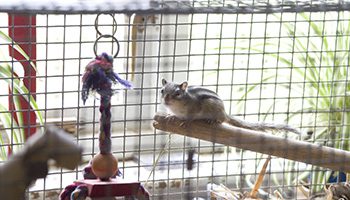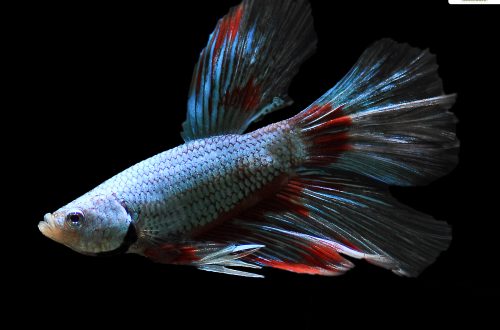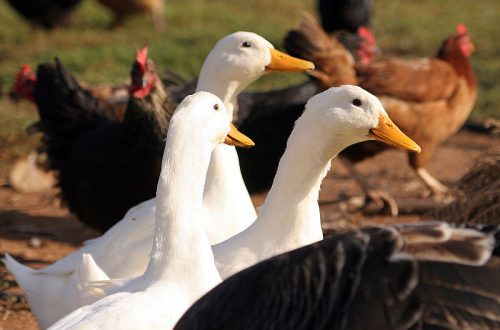
Chipmunk at home: description, cage design, how to feed the animal and how to keep it properly
Among all rodents, chipmunks are ideal animals for keeping at home. They have a beautiful coat, fluffy tail, graceful movements. Their habits resemble those of squirrels, but they are much easier to tame. Chipmunks are very neat and clean animals that do not require special care. They never smell bad. Watching them is a pleasure.
Contents
Description of the chipmunk
The animal is famous for its black-brown stripes on the back. His belly is mostly light. He sheds once a year. In nature, a chipmunk lives no more than three years, as it often becomes the prey of larger animals. But if he lives at home, he can live up to 10 years of age. It lives mainly in the roots of trees or rotten stumps, where it creates its holes. Very rarely, he can live in the hollow of a tree.
Keeping a chipmunk at home
These animals at home are quite easy to keep. They treat a person without fear, so it will be quite easy to tame them. They sleep all night and stay awake during the day. Animals very quickly get used to the person and can eat out of hand. Moreover, they can ask for food, even when they are full, thereby quickly getting used to their hands. After holding a chipmunk in a cage for 2-3 weeks, you can let it out for a walk around the apartment.
In order for the animal to become tame, it is necessary hand feed him regularlywithout making any sudden movements. They are very curious, therefore, when releasing them from the cage, it is necessary to monitor them all the time, otherwise the animals can commit some kind of dirty trick.
In summer, they should be kept in pairs; chipmunks get along very well with each other. But with the onset of autumn, their natural instinct to hibernate wakes up and the animals can show a little aggression. During this period, it is better to seat them apart. Under natural conditions, they hibernate from autumn to spring. Domestic chipmunks at this time of the year become slower, not leaving their house for weeks, appearing only to eat and stretch their bones.
Cage for chipmunk
Being in the apartment, the domestic animal can freely move around the rooms, while it can easily enter the balcony and jump out the window, as well as run out through the open front door. Therefore, the cage is extremely important for him.
The cage must be metal, free and high enough so that the animal can be in comfortable conditions. Its optimal dimensions should be as follows:
- height – 80 cm or 1 m;
- width – 40 cm or 50 cm;
- length – 40 cm.
Even being in such a spacious cage, the animal should be let out for a walk.
The bottom of the cage should be sprinkled with peat or sawdust. Near one of the walls you can attach a shelf along which the animal will rush with pleasure. Desirable install a running wheel inside the cage, but it should be half the size of the squirrel. By doing such running workouts, the chipmunk maintains its muscle tone and good mood, because it cannot live without movement.
In the cage, you can also install a house measuring 30x25x30 cm, in which the chipmunk will stock up and sleep. If the animal wants to build a nest in it, you should put rags, leaves or hay inside. In the afternoon such bedding should be removed from the houseto ventilate, and in the evening you need to put back. General cleaning should be done regularly in the house: disinfect secluded places and remove old supplies.
The chipmunk is very tidy and only goes to the toilet in the same place. It is desirable to make the floor of the cage like a drawer, this facilitates the cleaning process.
The animals do not tolerate heat at all and often die from overheating, being under the rays of the sun at a temperature of +25 degrees. That’s why the cage must be installed in a dark placewhere the chipmunk will escape from the heat. In the spring, when the sun is not so hot, the cage with the animal can be taken out to bask in the cool sunshine.
What to feed a pet chipmunk?
Chipmunk food can be purchased at pet stores, or you can create your own diet. Domestic animals eat almost everything.
The best way to feed them is:
- nuts;
- oatmeal;
- berries;
- dandelions;
- acorns
- sunflower seeds;
- fruits.
Before eating, it is advisable to remove the peel from the fruit, because the animals do not tolerate chemical additives.
It is undesirable to include almonds in their diet, because the silicone acid contained in it is very harmful to chipmunks.
Favorite treats of the animal are:
- sugar;
- biscuits;
- cottage cheese;
- hard boiled milk porridge.
Food for chipmunks should be both soft and dry. Thanks to solid pieces of food, the animals grind off constantly growing incisors, so you can put a piece of chalk in the cage.
The menu must contain animal protein found in eggs, raw meat, insects, mealworm larvae. In summer, chipmunks can be offered snails, bugs, slugs, and grasshoppers.
The emergency stock that the animal makes in its house must be checked regularly. Otherwise, the products will simply go out there. Also every day it is necessary to change the water in the drinker.
A chipmunk is considered to be a very clean animal, so when you start it at home, you can be sure that it will never smell. Moreover, this the animal is very cute and funny, so if there are children in the family, he will only give them pleasure. With proper care, a chipmunk can live for many years.





